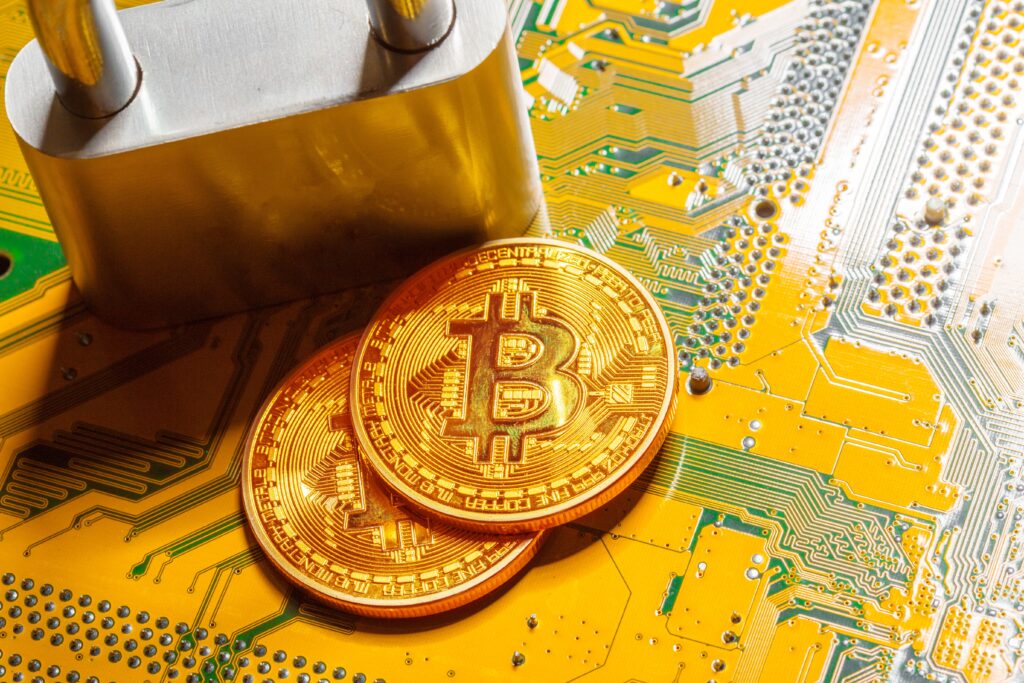One could claim this complaint is as old as cryptocurrency itself: Bitcoin’s leadership role hinges on its first comer status and it will eventually fade away behind more dynamic, modern and technologically flexible protocols.
Well, earlier this year the Bitcoin protocol took what many saw as the first considerable steps towards an attempt to keep up with the industry – and also pushed itself further into its path towards complete ‘Ethereumization’.
The forefather of crypto tokens donned a modern outfit by introducing the BRC-20 protocol, something named so similarly to Ethereum’s own ERC-20 that there’s barely any question as to the imitative nature of its design.
The technological development is based on the ‘Ordinal protocol’ designed by Casey Rodarmor – a solution to give each individual satoshi (the smallest unit of a bitcoin or 1/100,000,000 of 1 BTC) a sequential identification number or ‘inscription’ – a data point which can contain pictures, videos or text – in the form of a BTC transaction.
The NFTs generated with this method are actually truer to the concept as circulated in mainstream culture over the past year: unlike Ethereum NFTs, which just contain an on-chain link to an off-chain media (which is therefore modifiable independently of any blockchain activity), Ordinal NFTs fully contain the media they represent within the chain – thus arguably being more valuable.
This idea alone has fuelled a surge of interest in Bitcoin and kickstarted a new wave of financial speculation within a market eager for new success stories and fresh bull-runs after many months of de-risking and tepid financial markets.
While the technology is undeniably exciting, what’s been worrying the markets and experts is the growing detachment between the aforementioned speculation and the real, measurable negative impact the introduction of BRC-20 has already had on the Bitcoin network.
Gridlock On The Chain

While the new protocol arguably pushed Bitcoin closer to a more modern use case, it did nothing to alleviate its existing, longstanding issues: speed, cost and utilisation rate.
Bitcoin miners aren’t complaining, as the bidding wars instigated by the BRC-20 cray have pushed block rewards beyond 12.5 BTC, and sent transaction fees skyrocketing – in what was an already barely usable environment.
Users were already abandoning the protocol 2 years ago when, in June 2021, the average transaction price was steadily around $2 – imagine today, when the same figure is closer to the $30 mark.
The mempool, where transactions await validation, has also been completely flooded and doubled the ‘queues’ in the space of a few months – further highlighting the risks of a complete Bitcoin congestion and insufficient scalability.
No Intrinsic Value?

As with any promising technological development in the blockchain space, BRC-20 has already been wholeheartedly embraced by the speculators that populate it. Despite clear and stark warnings from industry experts about the potential massive economic downside.
What are these risks? More than a few, actually.
To begin with, these tokens are far from being fully adopted by the industry and accepted as anything more than an experiment: there’s no guarantees they will gain wallet and exchange support, and if they do – it’s likely this will be way down the line.
And how can an asset increase its valuation and circulation if there is no technical infrastructure to support its trading?
Furthemore, very much like the early expressions of NFT art, their current technological framework is so primitive and early days that the token might evolve significantly beyond its current form, meaning any tokens stashed now might lose value by the time they become less niche.
Most importantly, they feel like fuel for a car without a tank: in the Ethereum protocol, they are useful elements of various DeFi contracts and serve as the backbone of DAOs across the industry. BRC-20 doesn’t have any smart contract capabilities and is, as such, a pointless technical experiment until it can be bridged onto other chains.
Despite these warnings and the above logic, the ‘degen’ trading of these tokens is taking off beyond everyone’s wildest expectations and fears. Their combined market cap rose 685% in one single week at the beginning of May.
While these are relatively minuscule numbers in the space (the total cap is still under $400m), there is a profound awareness of the exponential growth capability any new blockchain tech has from a price point of view – and BRC-20 currently seem to be on the brink of take off. They are moving closer and closer to making up 10% of all Bitcoin network transactions.
Despite this, the fact that the wide majority of these tokens still bear no serious branding and originate from internet memes (i.e. Shiba or Pepe) should be sufficient to warn the cautious investors.
A Double-Edged Sword

Ultimately, it’s hard to criticise the development of BRC-20 as it does indeed breathe fresh air into the stale world of Bitcoin and pushes it a bit closer to having a utility beyond store of value and the (arguably failed) attempt at replacing conventional state-backed currency.
The change, however, seems to have been hastily implemented without much consideration for the strain on an already aging network, and it has been embraced by all the wrong kinds of crypto enthusiasts: memecoiners and brazen speculators.
The only way out for BTC seems to be, ironically, a further step towards the aforementioned Ethereumization: it will need its own ‘Layer 2’ solution to significantly increase the network’s scalability and efficiency.
And, perhaps, it will need to offer a use case for these promising tokens – one not named after a dog breed, as cute as it might be.









